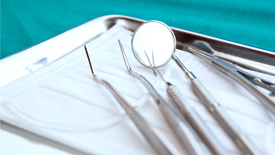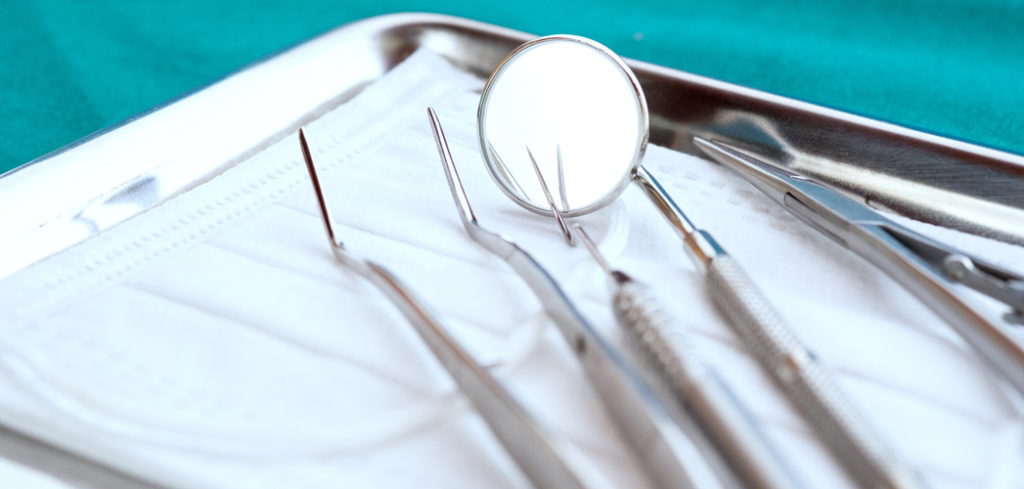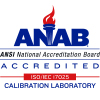 Posted on
Posted on

Just like any other branch in the health care industry, dentistry is held to strict guidelines set forth by the Centers for Disease Control and Prevention (CDC) and the American Dental Association (ADA). Ensuring the highest level of patient and personnel safety relies on the implementation of an infection control program.
At the center of an infection control program, outlined by the CDC, is the proper sterilization and disinfection of patient-care items and devices. This step is critical to ensure all instruments are free of hazardous bodily fluids and materials. A staple at any dental facility, an autoclave, is utilized to validate sterilization cycles are carried out according to government regulations.
As one might expect, this is a process that must be executed with enormous care, as even a slight procedural lapse can compromise patient health. This includes the regular monitoring of the autoclave to ensure it is operating as expected. According to the CDC and ADA, dental professionals should carefully check three types of indicators when validating the effectiveness of the sterilization process.
Chemical
The use of indicator tapes and other types of chemical indicators can help the technician determine whether the autoclave has reached proper sterilization temperatures. An indicator tape works by changing color if sterilization conditions reach a certain threshold. If the indicator does not respond, it should be assumed that any item being sterilized during that cycle is not sterile. The use of this indicator alone is not a guarantee that sterilization was effective.
Mechanical
It’s important to monitor temperature, pressure, and cycle duration while validating or using an autoclave. To accomplish this, technicians typically use high-quality data loggers. In fact, there are data loggers that are specifically designed for use with autoclaves and provide reporting tools for easy data analysis and confirmation.
Biological
Finally, biological monitoring is important to root out problems with the autoclave and ensure successful sterilization cycles. According to the CDC, an autoclave used in a dental setting should be examined for biological indicators at least once a week. The technician may elect to use spore monitoring strips or resort to a “mail-in” service to check for the presence of harmful microbes.
It’s worth pointing out that, in addition to the above, a dental practice may be subject to state and local regulations that might impose further regulatory obligations. Dental professionals have a responsibility to stay current with any applicable guidelines.






